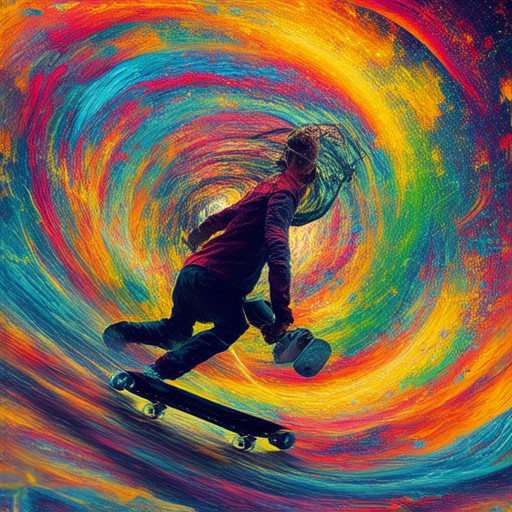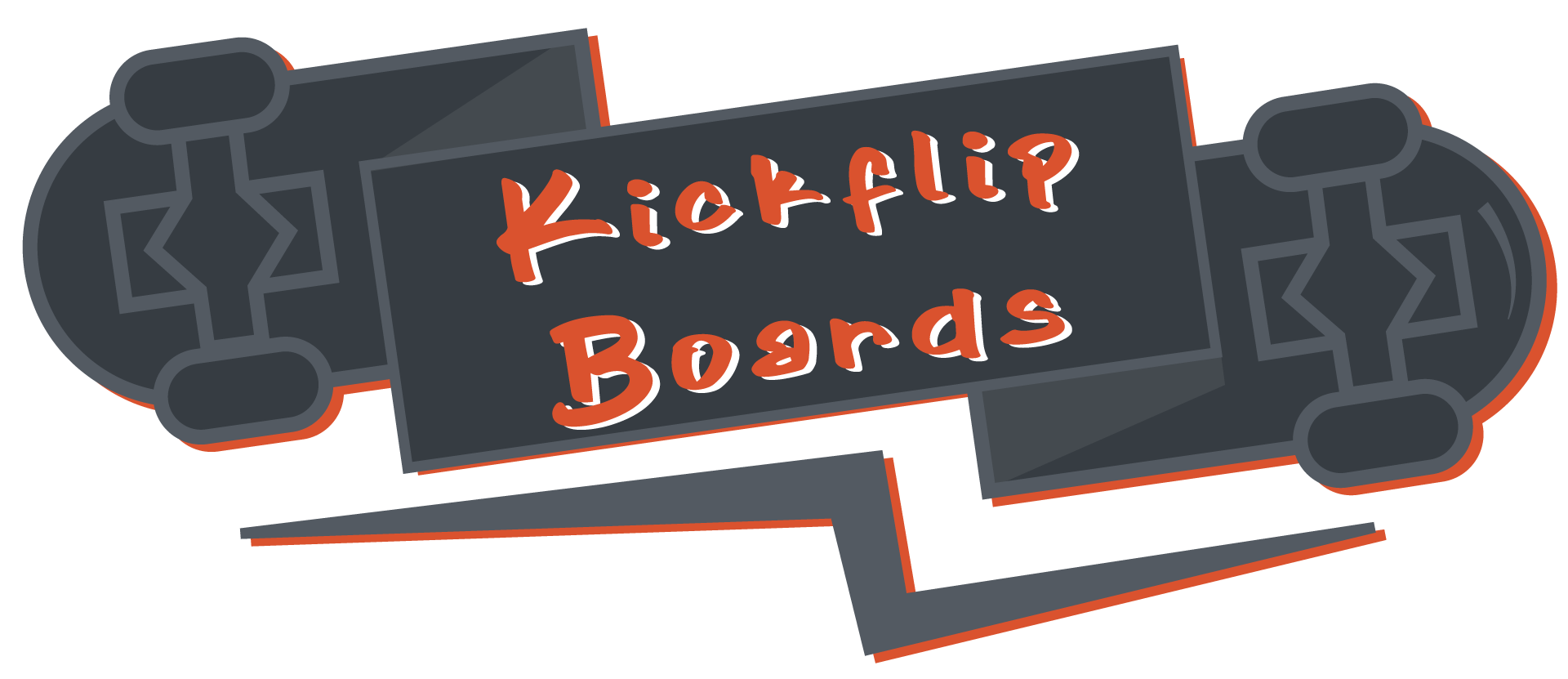Protecting yourself while skateboarding is just as important as mastering your tricks. Whether you’re a seasoned skateboarder or new to the sport, equipping yourself with the right skateboard protective gear can mean the difference between a fun, injury-free session and a costly mishap. From skateboard pads to knee pads, wrist guards, and helmets, there’s a range of options designed to safeguard you against potential falls or collisions. Customizable and versatile, protective gear caters to riders of all ages and skill levels, ensuring you can enjoy the thrill of skateboarding safely.
Key Takeaways
– Protect Your Head with a Helmet: Essential for impact absorption and falls, choose one that fits well.
– Shield Your Joints with Knee and Elbow Pads: Protects knees and elbows from sprains and scrapes.
– Guard Your Wrists with Wrist Guards: Prevents injuries from falls and collisions, crucial for tricks.
– Choose Protective Clothing: Opt for lightweight, breathable gear with built-in padding for comfort and safety.
– Enhance Grip and Protection with Gloves: Optional but helps with control and skin protection.
– Protect Your Smile with a Mouthguard: Reduces risk of dental injuries during falls or collisions.

What do skateboarders wear for protection?
Skateboarders wear various protective gear to minimize injuries during falls or collisions. Here’s a breakdown of the essential and optional gear:
- Helmets: Essential for protecting the head from concussions or other traumatic injuries. Most skateboarders opt for lightweight, breathable helmets designed specifically for skateboarding.
- Shoulder Pads: Provide additional arm and shoulder protection, though they may be less common than elbow pads alone.
- Elbow Pads: A popular choice for protecting the elbows, reducing the risk of skinning the arms during falls.
- Knee Pads: Essential for protecting the knees from road rash or severe injury, especially during jumps or grind moves.
- Wrist Guards: Optional but recommended for protecting the wrists from fractures or sprains during awkward landings.
Clothing choices also play a role in protection:
- Shoes: Skateboard-specific shoes with thick soles provide better grip and support, reducing the risk of slips or falls.
- Pants: Choose durable materials like chinos or cargo pants for added knee protection. Baggy jeans may offer more mobility but less coverage.
- Long Sleeves: Wearing long sleeves can help protect the arms during falls or impacts.
The choice of gear depends on individual preferences and the type of skating being done, whether it’s street skating, vert ramp, or park sessions. Prioritizing helmet, knee pads, and elbow pads is generally recommended for maximum safety.
Essential Safety Gear for Skateboarding
Skateboarding requires protective gear to minimize risks of injury. Here’s a breakdown of the most crucial items:
- Helmets : Protects against head injuries, a critical safety feature.
- Knee Pads : Prevents scrapes and fractures to the knees.
- Elbow Pads : Reduces risk of road rash on the arms.
- Wrist Guards : Safeguards against wrist injuries from falls.
- Chest Pads : Offers protection for the ribcage and breastbone, optional but advisable.
- Goggles/Glasses : Protects eyes from debris kicked up by the board.
- Durable Shoes : Essential for foot protection, with reinforced toes.
- Shin and Calves Pads : Helps prevent leg injuries during falls.
- Neck Braces (Optional) : Additional support during collisions, though less common.
Wearing all these gears significantly reduces the risk of injuries, making skateboarding safer and enjoyable. Always prioritize protection for maximum safety on the board.
For more detailed information on each gear type and their benefits, visit our skateboard safety guide on Kickflip Boards.

Best Protection for Skateboarding
Skateboarding requires robust protection to minimize injuries from falls or collisions. Here’s a breakdown of essential gear and tips for maximizing safety:
- Wrist Guards : Essential for protecting your wrists during falls or impacts.
- Elbow Pads : Prevent road rash and bruises on elbows.
- Knee Pads : Provide cushioning for potential impacts on knees.
- Helmets : A critical addition for head protection, especially in crowded areas or downhill slopes.
- Mouthguards : Recommended to prevent injuries to lips and teeth in crashes.
- Gloves : Help reduce friction and abrasions on palms and fingers.
When selecting gear, opt for high-quality materials and designs suited for skateboarding. Consider brands like Kickflip Boards for durable and stylish options. Always ensure your gear fits properly to maximize effectiveness.
Regularly inspect your protective equipment for tears or wear to maintain optimal safety. Replace items as needed to avoid discomfort or inadequate coverage.
For more insights, explore NHS UK guides and Skateboard Mag for comprehensive tips and reviews on skateboarding safety.

Should I Wear Protective Gear When Skating?
Protective gear is highly recommended when skating to minimize the risk of injuries and enhance your experience. Here’s a breakdown of the essential and optional gear:
- Helmets : Essential for impact absorption during falls. Choose one that fits well and offers adequate coverage.
- Knee Pads : Protects your knees from sprains and scrapes, especially useful for grinding and trick moves.
- Elbow Pads : Shields your elbows from friction and impacts, crucial for long sessions on rough surfaces.
- Wrist Guards : Prevents wrist injuries from falls or collisions, particularly important for downhill skating.
- Clothing : Opt for lightweight, breathable gear with built-in padding. Skateboard-specific shoes offer better support and grip.
- Gloves : Optional but helpful for better grip and skin protection during high-impact maneuvers.
Consider the type of skating and environment. More gear is recommended for tricks or rough surfaces, while casual rides may require fewer items. Invest in quality gear for durability and proper fit. Gradually add pieces as your skill level grows. Prioritize safety and enjoy the ride with confidence!
Why Do Skaters Wear Wrist Guards?
Skaters wear wrist guards primarily to protect their wrists from injuries caused by falls and impacts during tricks and maneuvers. The wrist is particularly vulnerable due to its small bone structure, making it prone to fractures or dislocations during high-impact landings common in skateboarding. Wrist guards act as a splint, providing support and reducing the risk of serious injuries.
Key reasons include:
- Impact Protection : The force from jumps, grinds, and kickflips can generate significant impact, which wrist guards help absorb and distribute away from the wrist.
- Prevention of Fractures and Sprains : By stabilizing the wrist, guards prevent breaks or sprains, allowing skaters to continue riding without extended downtime for recovery.
- Recovery Assistance : Even if a minor injury occurs, wrist guards can help stabilize the area, reducing swelling and preventing further damage, enabling continued skating.
- Comfort and Functionality : While initially uncomfortable, many skaters find wrist guards adaptable to their riding style, offering protection without hindering movement significantly.
- Common Practice : Widely used among skaters, wrist guards are considered essential gear, reflecting both practicality and community norms.
Thus, wearing wrist guards is a proactive measure for injury prevention, enabling skaters to enjoy their sport safely and confidently.

Essential Protective Gear for Roller Skating and Skateboarding
Protective gear is crucial for minimizing risks and ensuring a safer experience when roller skating or skateboarding. Here are five key items every enthusiast should consider:
- Helmet : Protects the head from impacts and falls. Essential for both recreational and competitive use.
- Knee Pads : Provide cushioning against falls and collisions, reducing the risk of knee injuries.
- Elbow Pads : Shield the elbows from scrapes and bruises during falls or crashes.
- Wrist Guards : Prevents wrist injuries, especially useful when performing tricks or maneuvers.
- Mouthguards : Recommended to protect against dental injuries and jaw injuries from falls or collisions.
These items work together to reduce the likelihood of injuries, making them indispensable for anyone enjoying these activities. Always ensure proper fit and compliance with safety standards for maximum protection.




0 Comments